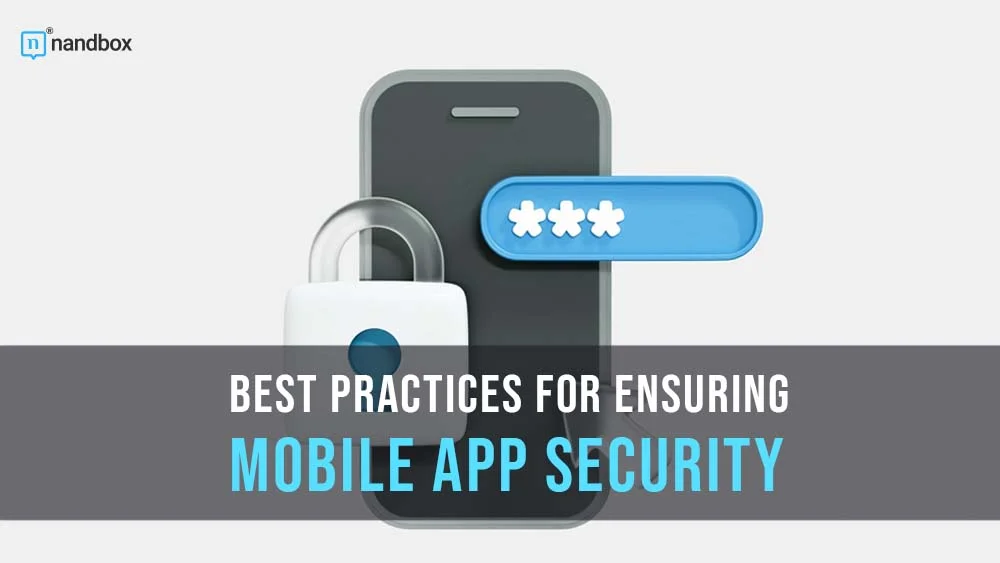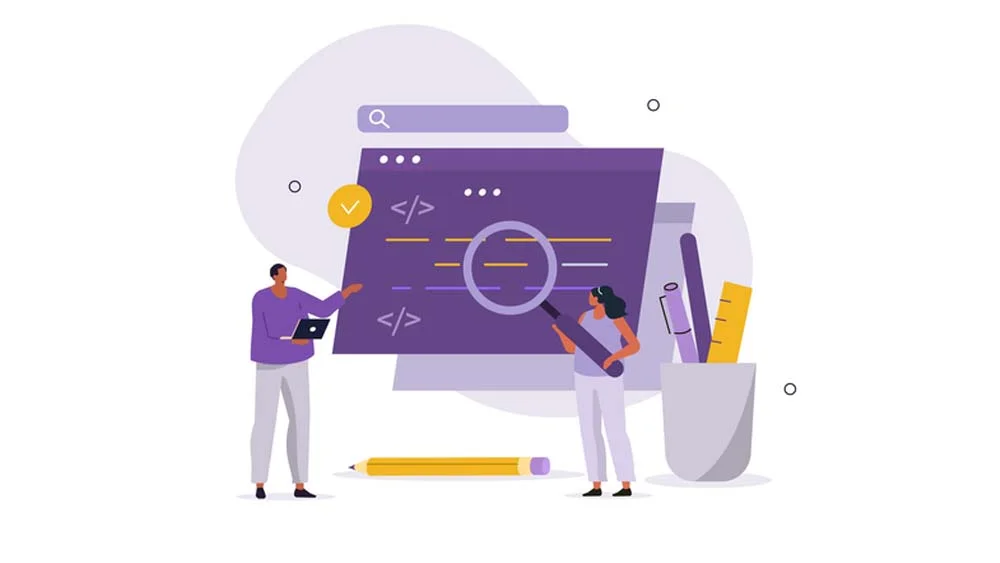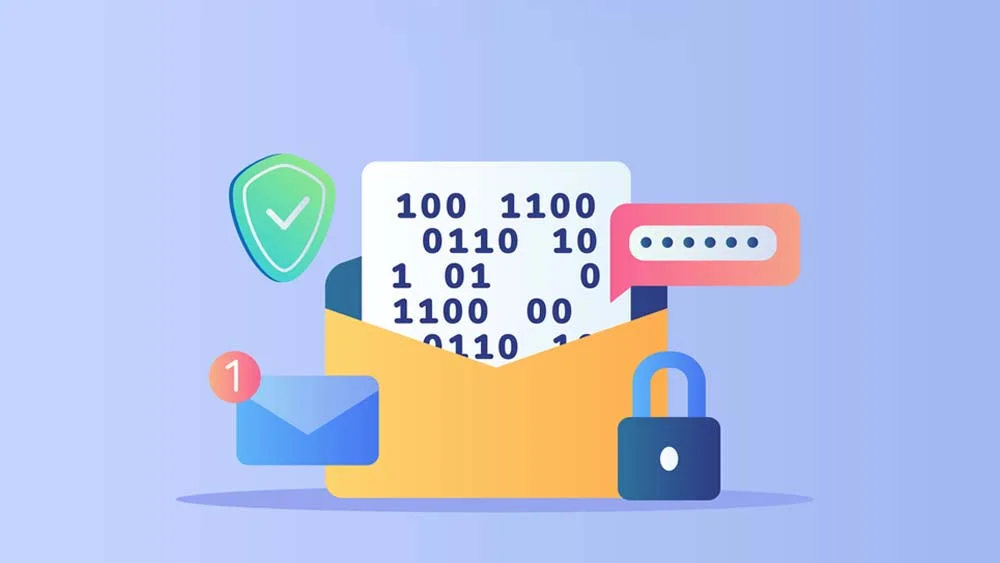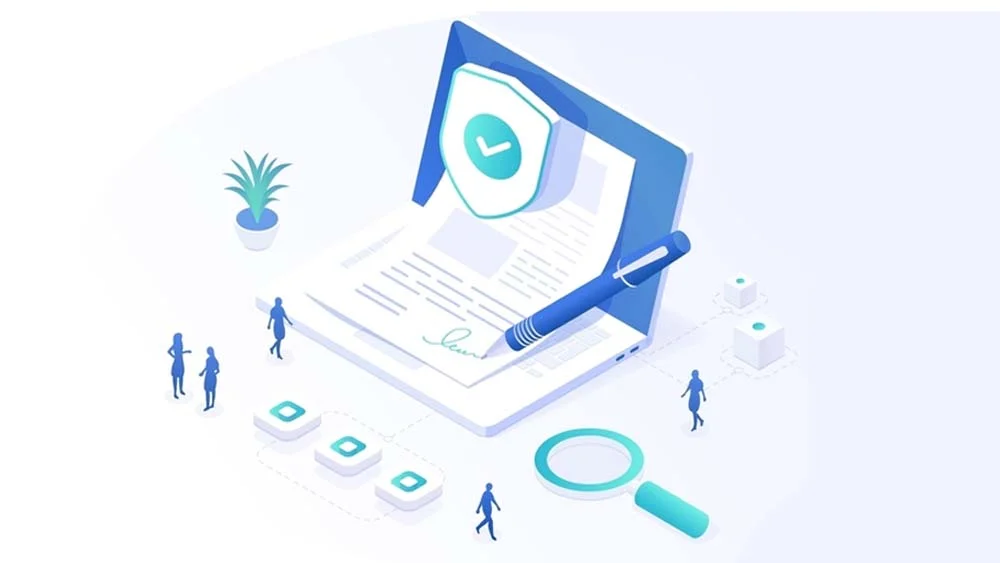In today’s active virtual realm, mobile applications have seamlessly integrated into our daily routines. They serve as versatile partners for a range of tasks, from shopping and connecting with friends to managing our finances and health. Just as we ensure the safety of our homes and vehicles, it is equally crucial to prioritize knowing how to secure your mobile app. In this article, we will outline some of the best practices to secure them. We will offer indispensable insights for both developers and end-users. Whether you’re a dedicated creator committed to safeguarding your clients or an individual concerned about preserving the integrity of your mobile data, these guidelines will definitely be useful. So, keep reading to get familiar with our tips!
How to Secure your mobile App: Secure Coding Practices
Fundamental principles and techniques in secure coding are integral to software developers for crafting code that can withstand security threats and vulnerabilities. These practices play a vital role in protecting both the software and the sensitive information it manages. Adhering to these principles helps in mitigating the likelihood of security breaches. It shields users from a broad spectrum of threats. The core points of it encompass the following:
- Input Validation. Maintain consistent input validation to prevent the infiltration of malicious information into the application’s processing. This entails verifying data types, lengths, and formats to confirm they meet the expected values.
- Output Encoding. Encode output data to prevent Cross-Site Scripting (XSS) attacks. This involves converting potentially dangerous characters into their HTML or JavaScript equivalents.
- Session Management. Manage sessions by using protected tokens and session timeouts.
- Error Handling. Avoid exposing detailed error messages to end-users. Instead, provide informative yet generic ones and log detailed information for developers.
- Database Security. Employ parameterized queries or prepared statements to prevent SQL injection attacks. Limit the database privileges to the application to the minimum necessary for its functionality.
- File and Resource Security. Control file and resource admission through proper permissions and access control mechanisms. Avoid storing sensitive data in publicly available locations.
- Secure Configuration. Confirm that default settings are safe and that sensitive information, such as API keys and passwords, is not hard-coded.
- Third-Party Components. Keep third-party libraries and frameworks up-to-date with security patches. Regularly assess these components for vulnerabilities and dependencies. Utilize a Kubernetes security scanner to identify and remediate any potential vulnerabilities in the containerized applications.
Regular Review and Testing
Regular code review and testing play a paramount role in confirming the reliability, security, and overall quality of software applications. These practices help identify and fix issues and vulnerabilities early in the development cycle.
For example, roblox stock price site regularly performs such checks, which provides their customers with a high percentage of security.
Code Review
It involves a thorough examination of the source code by peers or team members. This process helps catch programming errors, logic flaws, and security vulnerabilities early. That reduces the cost and effort required to fix them. While doing that, it’s really important to share your observations with your team. That way, you can learn from each other, adopt best practices, and maintain a consistent codebase.
Plus, these reviews are a critical step in security auditing. By analyzing, developers can detect potential safety problems. Also, they serve as documentation for the codebase, providing insights into why specific design decisions were made.
Testing
There are different types of testing you can apply depending on your needs.
- Functional. It encompasses confirming the software’s functions are executed precisely and ensuring the accurate operation of various features.
- Unit. These tests assess individual components or units of code in isolation.
- Integration. They evaluate the interaction between different components, modules, or services in the application.
- Regression. After any modifications or updates, it verifies if the changes have introduced additional issues or disrupted existing functionality.
- Performance. This one assesses how an application performs under different conditions, such as high loads or concurrent activity.
- User Acceptance. UAT involves testing the program with end-users to confirm it meets their requirements and expectations.
- Automated. Automation of repetitive tests can save time and resources, guaranteeing there are no new defects.
Encrypt Sensitive Data
Encrypting sensitive data is a fundamental approach to protecting digital information, both at rest and in transit. It involves converting data into ciphertext using algorithms and encryption keys. That makes it unreadable without the corresponding decryption key. How to perform this process?
- Use well-established encryption algorithms such as AES (Advanced Encryption Standard) for symmetric encryption and RSA or ECC (Elliptic Curve Cryptography) for asymmetric encryption.
- Proper key management is required. Keys should be kept safe and protected. Employ rotation practices to limit exposure in case of key compromise.
- Use closed communication protocols such as HTTPS (SSL/TLS) for securing data during transit. Then it’s protected when sent between clients and servers.
- Implement end-to-end encryption for applications that handle sensitive information. So that it is encrypted on the sender’s side and only decrypted on the receiver’s side.
- Implement access controls to restrict admission to the decryption keys.
- Clearly define which information requires encryption. Not all of it may need the same level of encryption, so prioritize resources accordingly.
- Periodically audit and assess your methods to ensure that it are consistently applied and up-to-date.
Implement Strong Authentication
Strong authentication methods go beyond traditional usernames and passwords. They guarantee that only authorized users can access your applications, systems, or data. Here we gathered some of the most popular options.
Multi-Factor Authentication (MFA)
In mobile app development services, integrating multi-factor authentication (MFA) is paramount for enhancing security. MFA is one of the most effective ways to improve guard. It requires individuals to provide at least two or more authentication factors. Typically, it’s something they know (e.g., a password or PIN), something they have (e.g., a smartphone or hardware token), or something they are (e.g., a fingerprint or facial recognition).
Biometric Authentication
Utilize biometric details such as fingerprints, facial recognition, or iris scans as an authentication factor. This adds a layer of protection because biometric data is unique to each individual and difficult to replicate.
Token-Based Authentication
Think about using a token-based approach, where individuals receive physical or virtual tokens that generate one-time passwords (OTPs), which are then used along with a static password to boost security.
Smart Cards
Smart cards are hardware devices individuals need to possess for access, as they store cryptographic keys and require a PIN or biometric input.
Time-Based Authentication
Implement time-based mechanisms that generate temporary codes that are only valid for a short duration. Google Authenticator and similar apps use this approach.
Password Policy
If you still use passwords as one of the factors, enforce strong password policies. Require long and complex ones, and encourage people to change them regularly.
Secure API Usage
APIs, or Application Programming Interfaces, serve as the bridge connecting different systems. It enables them to exchange information and functionality. However, the ease of integration also brings potential risks.
It’s crucial to enforce protected communication protocols. All data transmitted via your API should be over HTTPS to encrypt it during transit. Regularly monitoring and auditing your API traffic is another important aspect. Logging and analyzing API usage patterns can help detect and mitigate threats effectively. Make sure to also use ASM tools to be able to identify and prioritize potential threats regularly.
Also, Cross-Origin Resource Sharing (CORS) policies are critical for controlling which domains can access your API. Properly configured CORS policies prevent malicious websites from making unauthorized requests.
Device Security
Mobile app security extends beyond the app itself, relying on the security of the underlying device. Safeguarding your smartphones, computers, and other devices is crucial to preventing data breaches and violations of privacy. How can you achieve this?
- Regularly update your device’s operating system, applications, and software to patch vulnerabilities. Enabling automatic updates can simplify this process.
- Create strong, complex passwords for your devices, and avoid using common or easily guessable ones. Additionally, enable fingerprint or facial recognition when available.
- Use reputable antivirus and anti-malware software to scan and protect your devices from hostile actions, including viruses, trojans, and spyware.
- Only download apps and files from trusted sources, such as official app stores or verified websites. Avoid sideloading apps from unofficial sources.
- Safeguard your Wi-Fi network by employing a robust password and think about implementing WPA3 encryption for your Wi-Fi connection. Additionally, it’s advisable to modify the default router login credentials to deter unauthorized access.
- Activate the “Find My Device” or “Find My iPhone” feature to pinpoint its location and remotely wipe data if it’s lost or stolen.
- Regularly back up your device’s data to an external drive or a secure cloud service. This guarantees that you can recover everything in case of device failure, loss, or ransomware attacks.
- Set a strong PIN, pattern, or password for your device’s lock screen. Configure the lock screen settings to ensure that personal data is not displayed when the device is locked.
- Disable any services, features, or ports on your device that you don’t use regularly. Reducing the attack surface helps mitigate threats.
Updates and Patching
Updates and patches are typically released by software developers to address known vulnerabilities. Applying these updates promptly helps protect your systems from exploitation by cybercriminals. Keep in mind that many industries and regulations require organizations to keep their systems up-to-date and patched to maintain compliance.
They can also improve the performance and stability of your software. They often include bug fixes and optimizations, which can improve the overall experience and system efficiency. Updates may introduce new features, functionalities, and enhancements that can improve your productivity.
Conclusion
Mobile app security demands continuous dedication to protect user data and uphold user trust, rather than being a one-time task. Learning how to secure your mobile app is very important. By adhering to the best practices described in this article, you can significantly reduce the risk of security breaches and offer a safer experience for your users. Keep in mind that a strong emphasis on security is not just a responsible practice but also a competitive edge in today’s digital environment.






